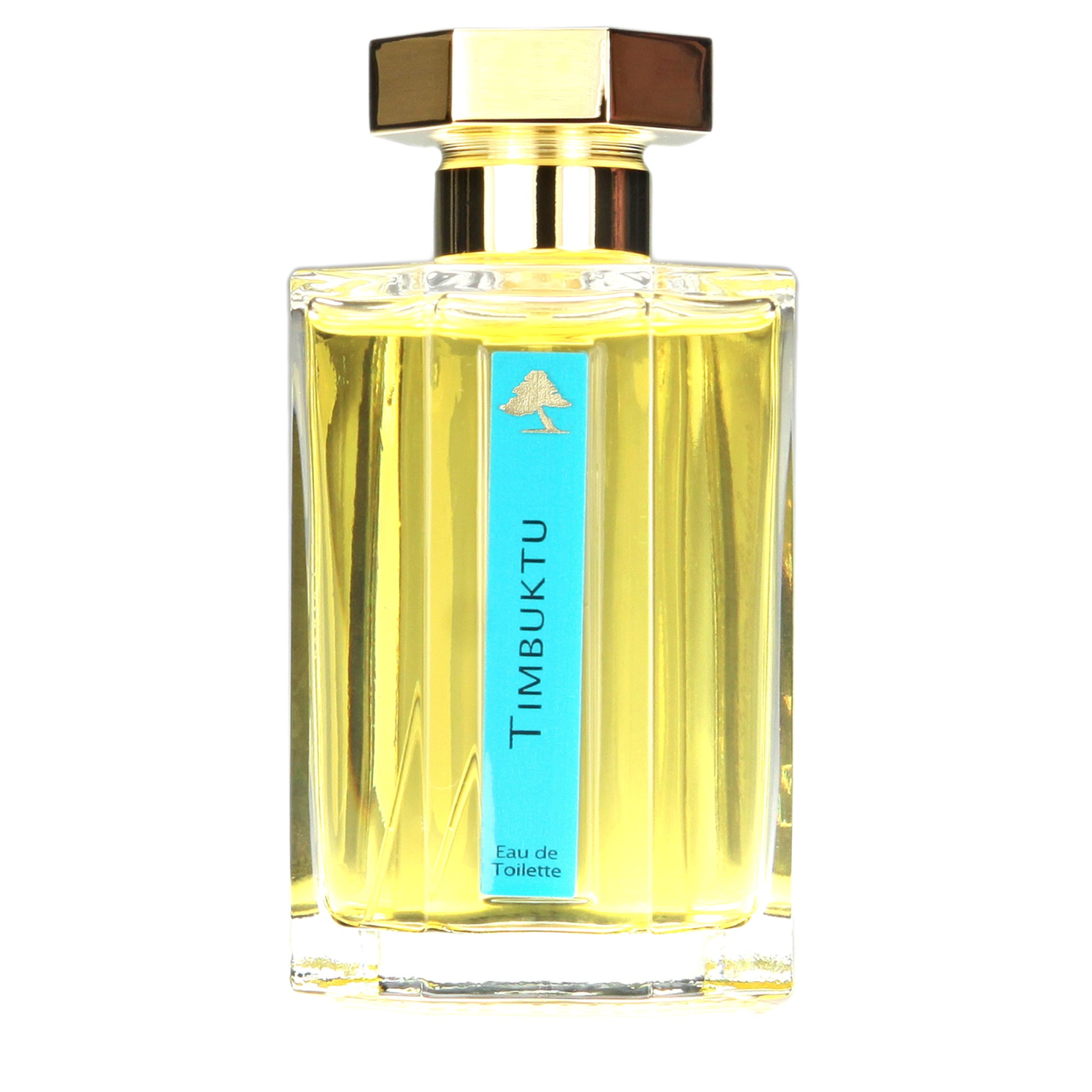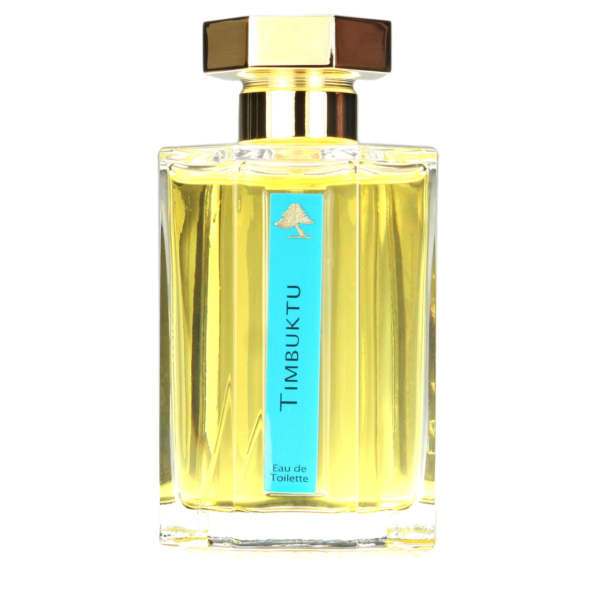
Fragrances sometimes carry a bad reputation, especially here in the US. Just the idea of them brings to mind all those times we’ve been trapped in an elevator or subway car with someone who applied too much, and those few scarring experiences can be enough to scare us from ever wearing something ourselves.
However, like with anything, what’s done poorly can also be done well, and if you choose wear fragrances, there’s a way to do it tastefully. While I don’t pretend to be an expert on the subject, I buy and wear fragrances on occasion and have found that a little knowledge goes a long way. So, for people who are just starting out, I thought I’d write a basic introduction on how to get started.
First, you should to know some terms. Fragrances are categorized according to the concentration of their aromatic oils. Roughly speaking, the higher the concentration, the more potent and long-lasting the scent. So you have:
- Eau de Cologne (2-5%): The word cologne doesn’t mean “male scent,” as is commonly believed. Instead, eau de cologne is a class of fragrances, and the one with the lowest concentration of oils. Frankly, I find a lot of stuff in this category somewhat disappointing, as the scents will be almost gone by the time you walk out the door.
- Eau de Toilette (5-10%): The next step up in terms of potency and longevity. Most male scents fall into this category.
- Eau de Perfum (10-20%): A higher concentration still. You don’t want to apply too much of this stuff, given its oil content, which is why it’s OK to buy smaller amounts. And while these are typically more expensive per ounce, they’re arguably cheaper per sniff, as they last much longer. The scent of an eau de cologne, for example, can dissipate within two hours, while an eau de perfum can last for up to five.
- Perfume extracts (20% or more): Anything with an aromatic oil concentration of 20% or more will often be labeled simply as perfume or perfume extract.
Granted, a lot of this is an oversimplification. The percentage concentrations can vary depending on the manufacturer’s definitions, and sometimes you can find overlap between categories. The potency and quality of the raw materials can also vary wildly, so sometimes you’ll find that an eau de toilette that’s stronger than an eau de perfum. The above is just a general guideline.
Of course, how long something lasts comes secondary to how it smells. Tomorrow we’ll talk about how to choose something for yourself.
(Pictured above: One of my favorites, L’Artisan Parfumeur’s Timbuktu)
